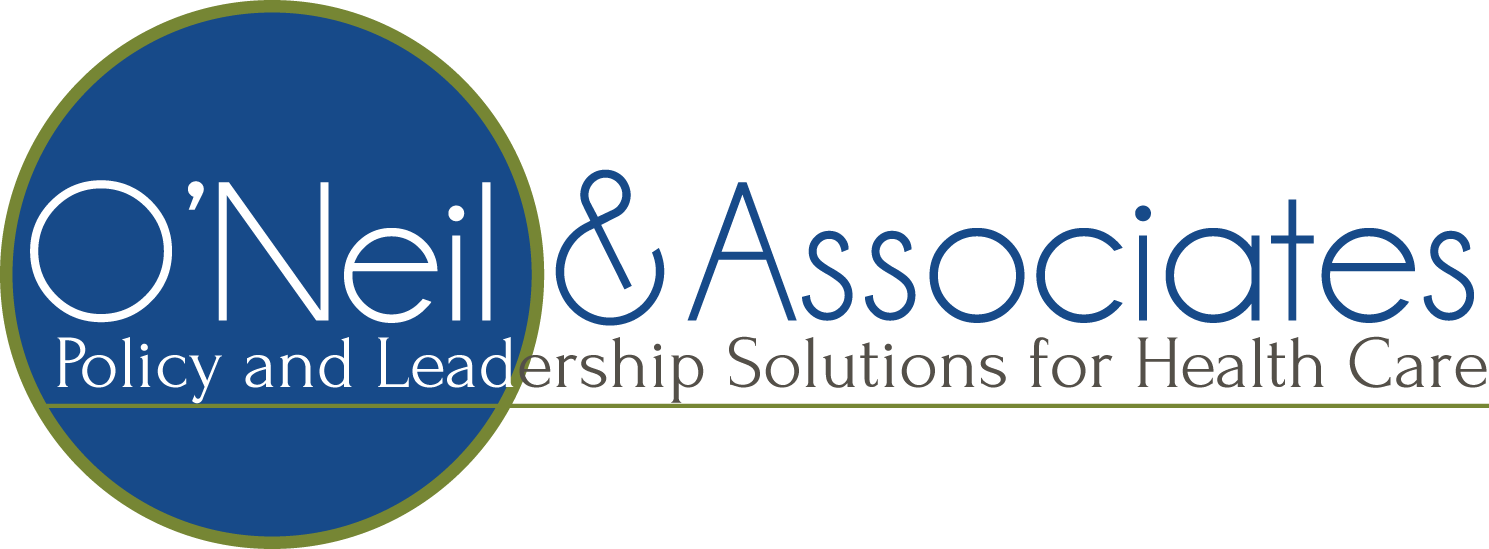It is a big challenge redirecting health care. There are many informed people who have concluded that significant change is not really possible and that the best that we can hope for is more modest changes on the margins. These assessments are from people inside the system who don't really see any way to go about doing this work other than the way we have gone about it for the past sixty years or so. Until very recently there were similar theories held by the banking and automotive industries.
Most of the attention over the next few months will be focused more globally on how to finance a system that moves towards universal access, finally bringing in the 15 percent or so of the population that has been left out of the current approach to care. As the system will not become more efficient with this type of strategy, it will cost more and will require more innovation to become affordable.
This will bring into focus the second major development which will be a push at the federal and state levels for more deeply aligned and integrated systems of care. At the federal level this will mean attention to the anti-trust issues that emerge whenever hospitals, doctors and health plans begin to work more closely together. For the states, the issues will include the ways in which insurance is regulated, professionals are licensed, and institutions are overseen for safety.
In all of these changes three things will be necessary. First, the federal and state efforts must be aligned and coherent. Second, the initial experiments need to be creative and innovative. There might seem to be some conflict between these two, but there needn't be. Fostering demonstration projects in a number of regions in which federal and state leaders come together to design experiments for innovative integration of health delivery institutions is an achievable undertaking. The third necessity is that the demonstrations have clear and measurable outcomes for cost of care, quality, and satisfaction. The federal sector should be motivated because this work would provide a coherent approach to blending the reform driver of the market with improved regulatory structures to foster innovation. The motivation for the states should be that it gives them some control and oversight, but creates a federal mandate. It also gives the states or their regions a way to address one of the biggest budget drivers, their Medicare obligations, as well as create something that could really spur job creation regionally; an affordable and rational health care system that can attract and hold businesses.
But the changes in finance and the alignment of institutions into more integrated systems only sets the stage for the real work that is needed to alter health care. What follows these two necessary preliminaries will be the remaking of the practice models in which a unit of care is organized and delivered. This process may take a decade or longer, but it is where real savings and improvements can emerge.
There are a few other essential ingredients to this undertaking as well. First, as the demonstration systems come together, it will be important to have shared and measurable goals to direct the actions of the participants. Without this the experiments will be incoherent, and the results will not be comparable.
Next, the remaking of the practice models need not start from scratch. There is a decade or more of demonstration work and research on what's effective in new settings, with new practitioners, technologies, incentives and engagements of patients and consumers. This knowledge needs to be put to the test. The outcome of all of this experimentation should not be the "one best system" but a rich variety of approaches that provide different experiences for different costs and prices. Some new research is always needed in changes like this, but what is even more necessary is the ability to connect the innovators with others who are engaged in similar undertakings. Health care in the US is big and complex and we need better tools for knowledge management and networking to achieve real change. Later this month, the Center for the Health Professions will roll out its new web based tools to help with this and I invite everyone reading this to take a look.
The experiments also will need leadership. Even with the support of a new financing approach and aligned systems, moving health care from what it is now to what it might become will require change agents of unusual skill and knowledge. Some of these will of course be the conventional leaders who sit atop organizations who are looked to for vision and strategy. But most of these leaders will be along a continuum from bedside and exam room, all the way to the board room and even the ballot boxes, of the regions that are undergoing these changes. In few instances will the leadership resource be a single individual, but more often will be teams and groups of leaders that work across the professions and institutions that understand how to reach out to the public and actively and meaningfully engage them. This will of course be leadership of a different stripe than what has passed in health care of the past.
Clear and measurable goals about where we are headed, sharing and building on what we know works and investing in leadership. These are the elements we need to put together to create an approach to health that is distinctly American, uses what we do best and improves on the situation we have today. The instinctive response to the challenge may be to try to determine what the one best answer is for all of health care for the nation and standardize it across the country. Nothing could be more of a fool's errand.
